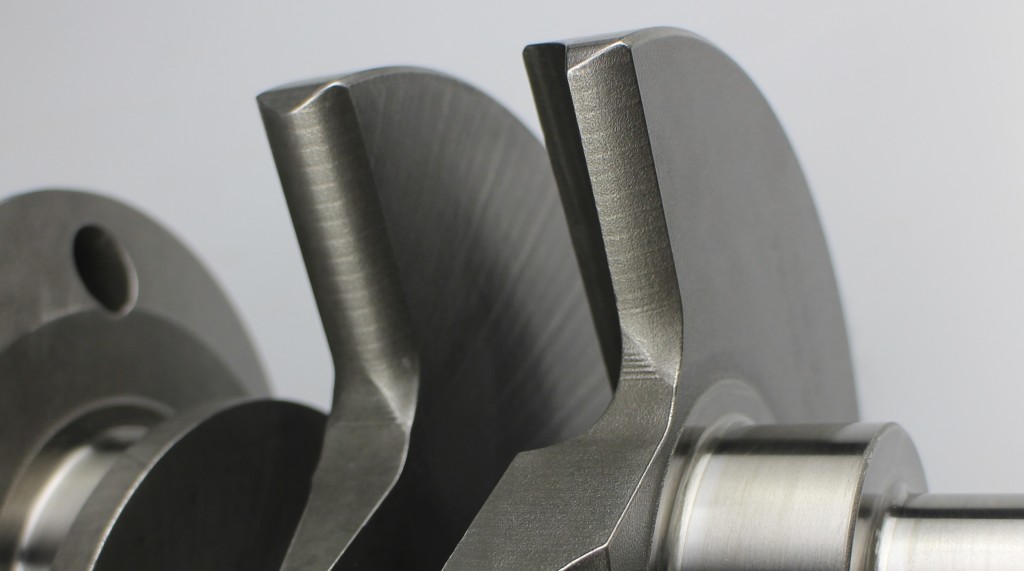 ExOne is a forerunner and a leader in the 3D printing industry. Expansive and dynamic on many levels, all eyes are on this German company that also has headquarters in the US. Attention follows them whether they are opening a new service center, expanding sales territories overseas, or releasing earnings reports for all to analyze and speculate over. Where central focus lies for most of us–as well as readers though–is what’s happening in terms of the technical, as in new 3D printing systems and processes.
ExOne is a forerunner and a leader in the 3D printing industry. Expansive and dynamic on many levels, all eyes are on this German company that also has headquarters in the US. Attention follows them whether they are opening a new service center, expanding sales territories overseas, or releasing earnings reports for all to analyze and speculate over. Where central focus lies for most of us–as well as readers though–is what’s happening in terms of the technical, as in new 3D printing systems and processes.
Most importantly, nothing happens in 3D printing without materials–and ExOne has made substantial contributions in this area as not only the company responsible for possessing the largest sand 3D printer in the world but as experts in equipment and materials for 3D printing in sand, metal, and glass. They’ve just announced a new product meant to hold these materials together, pertaining to their already comprehensive suite of 3D printing binders–as they release a new CHP–or cold hardening phenolic.
 Binders are crucial to the ExOne 3D printing binder jet technology which relies on liquid binding agents to bring together powdered material used in fabricating high quality industrial components. With phenolic, industrial customers are able cast higher heat alloys, look forward to a higher mold or core, and improve casting quality.
Binders are crucial to the ExOne 3D printing binder jet technology which relies on liquid binding agents to bring together powdered material used in fabricating high quality industrial components. With phenolic, industrial customers are able cast higher heat alloys, look forward to a higher mold or core, and improve casting quality.
Phenolic is not exactly new, as ExOne began offering it as far back as summer of 2013 for uses in additive manufacturing with ceramic sand. What is new however is that with this improved binder for 3D printing, processes are now accelerated as ExOne has been able to eliminate use of the infrafred heating lamp that has been traditionally required. CHP actually allows for curing at room temperature.
This means an obvious improvement in speed overall, and the ExOne team points out that this also eliminates the need for other equipment, such as a microwave, with additional drying being easily achieved by an air oven, which most customers already have onsite.
“With our focus on accelerating the adoption rate of our technology particularly in the foundry markets, we are excited to offer this new binder solution,” said Rainer Hoechsmann, Chief Development Officer of The ExOne Company. “Our customers are pleased with the strength, surface finish and high temperature resistance of our cores and mold packages printed with CHP, particularly for aluminum castings. We view this as an important offering in our technology and expect a shift in demand toward our machine platforms that allow this production.”
 Unstoppable as always, we can expect to hear more as ExOne reports that they are ‘offering benchmark and production parts in certain material sets’ as well as continuing to expand their material offerings. They also plan to continue with hardware offerings and they plan for the S-Print, S-Max and Exerial platforms to be available for sale over the next year, integrating CHP. Let us know your thoughts on these new binders in the ExOne CHP forum thread on 3DPB.com.
Unstoppable as always, we can expect to hear more as ExOne reports that they are ‘offering benchmark and production parts in certain material sets’ as well as continuing to expand their material offerings. They also plan to continue with hardware offerings and they plan for the S-Print, S-Max and Exerial platforms to be available for sale over the next year, integrating CHP. Let us know your thoughts on these new binders in the ExOne CHP forum thread on 3DPB.com.
Subscribe to Our Email Newsletter
Stay up-to-date on all the latest news from the 3D printing industry and receive information and offers from third party vendors.
You May Also Like
Precision at the Microscale: UK Researchers Advance Medical Devices with BMF’s 3D Printing Tech
University of Nottingham researchers are using Boston Micro Fabrication‘s (BMF) 3D printing technology to develop medical devices that improve compatibility with human tissue. Funded by a UK grant, this project...
3D Printing Webinar and Event Roundup: April 21, 2024
It’s another busy week of webinars and events, starting with Hannover Messe in Germany and continuing with Metalcasting Congress, Chinaplas, TechBlick’s Innovation Festival, and more. Stratasys continues its advanced training...
3D Printing Webinar and Event Roundup: March 17, 2024
It’s another busy week of webinars and events, including SALMED 2024 and AM Forum in Berlin. Stratasys continues its in-person training and is offering two webinars, ASTM is holding a...
3D Printed Micro Antenna is 15% Smaller and 6X Lighter
Horizon Microtechnologies has achieved success in creating a high-frequency D-Band horn antenna through micro 3D printing. However, this achievement did not rely solely on 3D printing; it involved a combination...





























